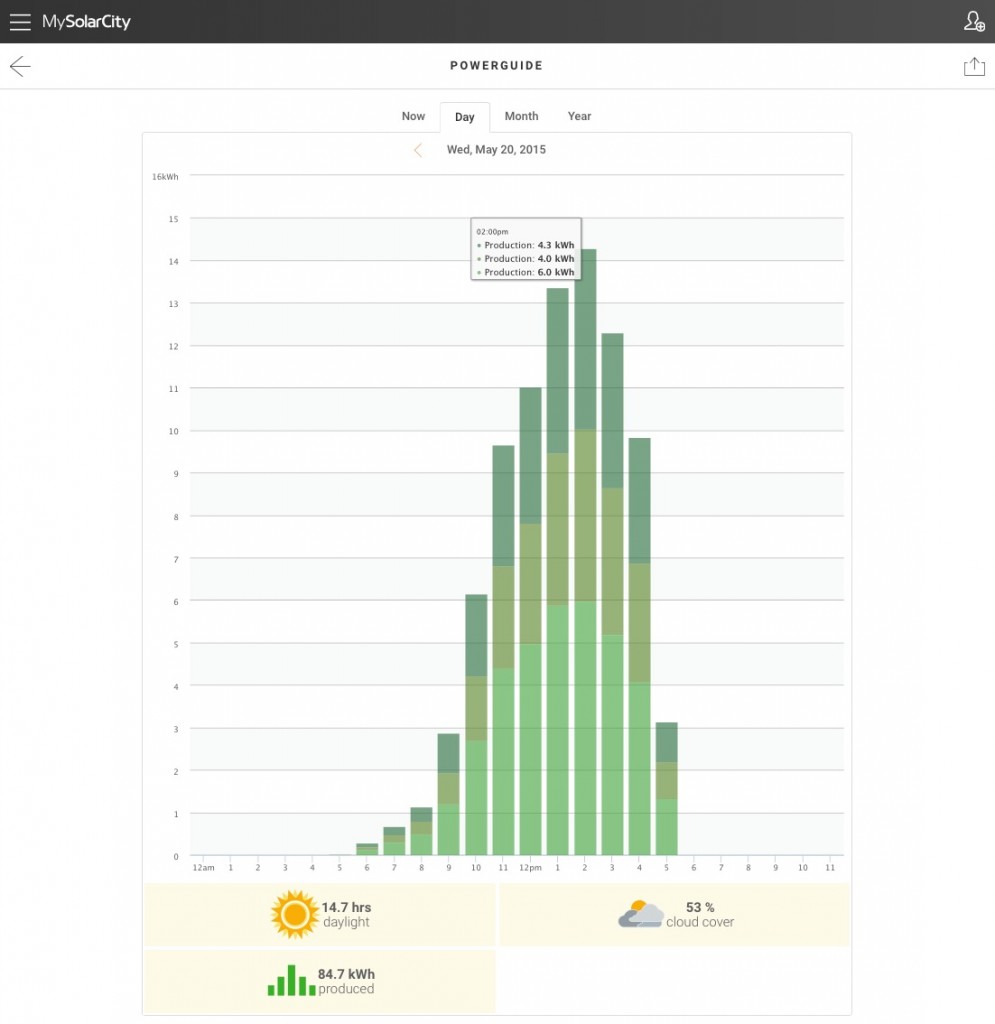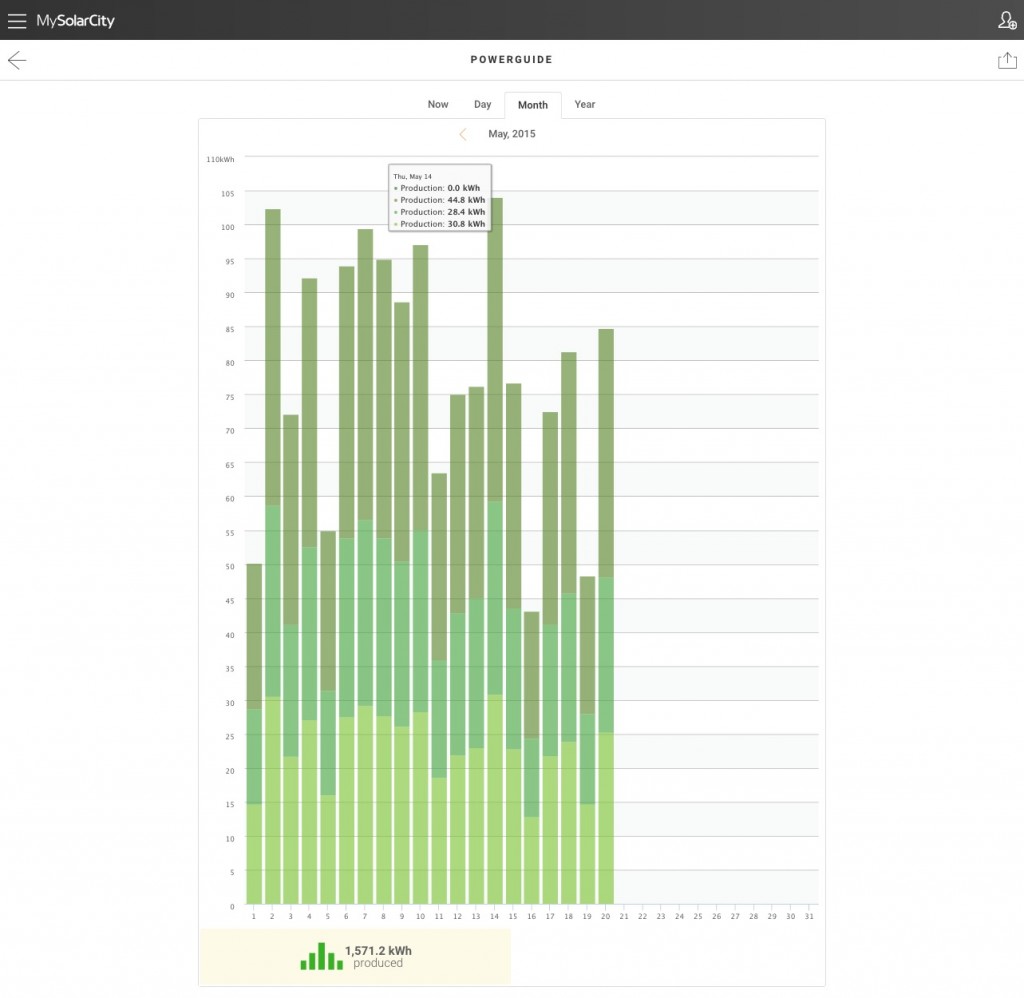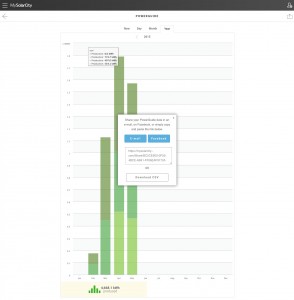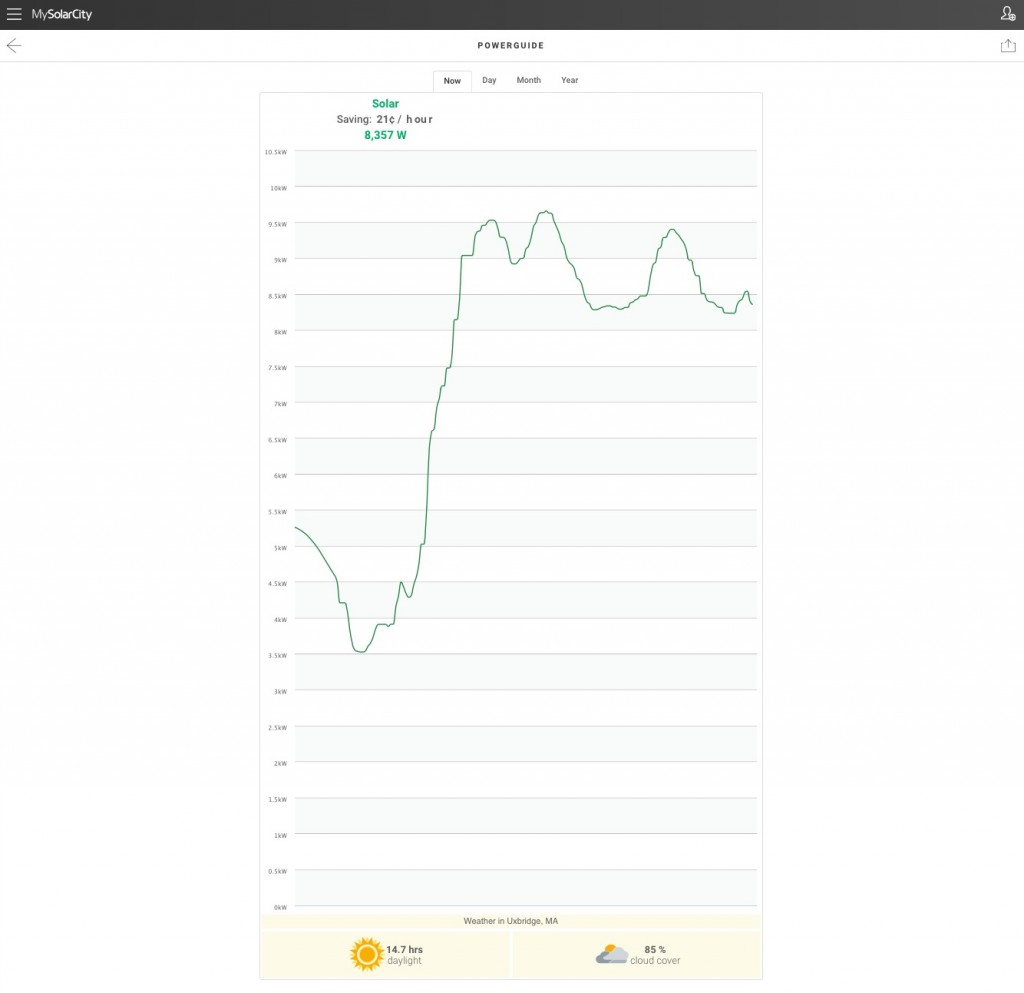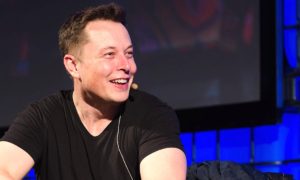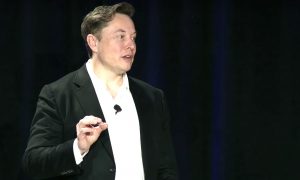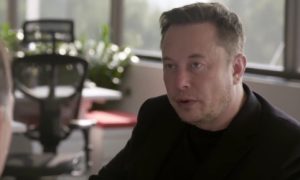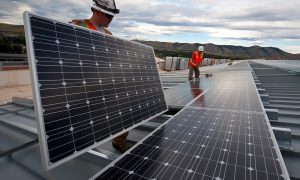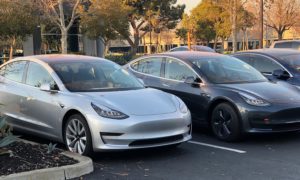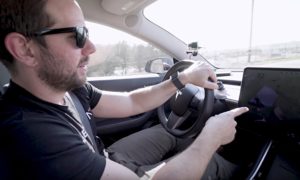News
Solar Power Monitoring and Billing through SolarCity
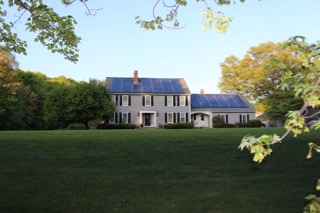
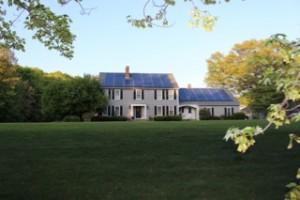 After experiencing some growing pains with my SolarCity installation, I’m happy to say that I’ve been up and running since February 23rd of 2015 and ready to share my experiences with how the system is monitored and billed.
After experiencing some growing pains with my SolarCity installation, I’m happy to say that I’ve been up and running since February 23rd of 2015 and ready to share my experiences with how the system is monitored and billed.
Savings
The savings on your electricity bill begin immediately after installation of your SolarCity system, and affects both the supply and delivery portions of your bill.
Savings can be pretty dramatic depending on the size of the system and, obviously, how much sunshine your region experiences. The following utility bill is a great example of how I was able to reduce my energy dependence from the grid by over 90%.
However, despite the reduction in energy needs from my utility company, the cost is not directly proportional to the amount of energy used. Here’s why.
Billing
Having such a drastic reduction in kWh needed from the grid actually comes with a price. Almost everyone who signs up with SolarCity opts-in to a Power Purchase Agreement (PPA) which means you pay nothing upfront (for the gear, install etc.), but you pay SolarCity for every kWh their system generates. That rate can be variable or fixed. I pay a fixed rate of $0.1420 per kWh generated for 20 years. That may sound high to you but considering my local electricity rate is $0.2470, I’m saving 43% per kWh.
It takes SolarCity some time to get up and running with their billing system. For me it took them 3 months to send me the first bill and because of that I received a hefty bill (thankfully late winter months) for all 3 months in one shot. After that, the bills arrive monthly (note that SolarCity requires EFT/Autopay to be set up).
The bills are simple and only state the amount of kWh generated, the rate you pay, and the total amount owed.
SolarCity collects data generated through their system via a standard internet connection, which they also use for billing purposes. On the first (large/3 month) bill I received, I noticed a difference of 10% (additional cost for me) between the billed amount and the amount the system had reported being generated so I naturally brought this to their attention. The customer service folks that I spoke with weren’t of much help and just told me to read each the meters at the beginning and end of each month if I truly want an accurate reading of how things get billed. So, that’s what I did.
Since inception I’ve saved $320 (over roughly 3 months) or about 42% off what I would have paid National Grid. And the system cost me nothing to install (I actually got a $1,000 Tesla-owner check from them).
They also have an estimated cost savings on the front page when you log in but it’s totally incorrect:
The mistake they made here is that they’re assuming your electricity rate doesn’t change over time. My electricity rate rose significantly after I signed up for SolarCity and because of that I’m getting a larger savings than what they’re reporting.
Monitoring
Monitoring happens online through MySolarCity.com. The interface is geared more towards new referrals than for actual owners of their system. The section I use most often is the Power Guide.
Power Guide gives an hour by hour break out of your energy generation along with the weather pattern for that day (ie. how much daylight, cloud coverage …). Hovering over each colored bar will show you the energy generated per inverter. The data can be downloaded in a CSV format and then imported into Numbers or Excel for your own post processing.
If you have multiple inverters, the CSV data for the day is a bit of a pain to analyze since it also includes the energy generated every 15 minutes per inverter.
Power Guide also includes a summary for the year.
The platform also provides a view of your energy generation as it happens in real-time which updates continuously.
Having this features allows you to watch the sun rise and set as viewed through the perspective of your panels which is kind of fun.
It’s not totally accurate as I’ll see data from certain days which look completely off.
API – Not
 I’ve set up automated tweets for detection of Tesla Superchargers in real-time and decided to the same by sharing my SolarCity data through my home-grown program that fetches the data from Power Guide and then tweeting it.
I’ve set up automated tweets for detection of Tesla Superchargers in real-time and decided to the same by sharing my SolarCity data through my home-grown program that fetches the data from Power Guide and then tweeting it.
It would be really nice if SolarCity decided to create a simple REST API that would allow owners to fetch their data.
Summary
SolarCity makes a lot of sense when it comes to cost savings and they’re able to provide this with no upfront cost to the owner. One needs to analyze the effective savings based on the cost incurred when generating energy through the SolarCity system versus your electricity cost, and then decide if the savings is worth the hassle. I’d recommend filling out their contact form and sign up for a consultation to get started.
The billing and monitoring side of SolarCity could definitely use some improvement, and hopefully this will improve over time as the business continues to grow.
I hope this post and series has been helpful. Let me know if you have any questions or thoughts in the comments below.
Elon Musk
Why Tesla’s Q3 could be one of its biggest quarters in history
Tesla could stand to benefit from the removal of the $7,500 EV tax credit at the end of Q3.

Tesla has gotten off to a slow start in 2025, as the first half of the year has not been one to remember from a delivery perspective.
However, Q3 could end up being one of the best the company has had in history, with the United States potentially being a major contributor to what might reverse a slow start to the year.
Earlier today, the United States’ House of Representatives officially passed President Trump’s “Big Beautiful Bill,” after it made its way through the Senate earlier this week. The bill will head to President Trump, as he looks to sign it before his July 4 deadline.
The Bill will effectively bring closure to the $7,500 EV tax credit, which will end on September 30, 2025. This means, over the next three months in the United States, those who are looking to buy an EV will have their last chance to take advantage of the credit. EVs will then be, for most people, $7,500 more expensive, in essence.
The tax credit is available to any single filer who makes under $150,000 per year, $225,000 a year to a head of household, and $300,000 to couples filing jointly.
Ending the tax credit was expected with the Trump administration, as his policies have leaned significantly toward reliance on fossil fuels, ending what he calls an “EV mandate.” He has used this phrase several times in disagreements with Tesla CEO Elon Musk.
Nevertheless, those who have been on the fence about buying a Tesla, or any EV, for that matter, will have some decisions to make in the next three months. While all companies will stand to benefit from this time crunch, Tesla could be the true winner because of its sheer volume.
If things are done correctly, meaning if Tesla can also offer incentives like 0% APR, special pricing on leasing or financing, or other advantages (like free Red, White, and Blue for a short period of time in celebration of Independence Day), it could see some real volume in sales this quarter.
You can now buy a Tesla in Red, White, and Blue for free until July 14 https://t.co/iAwhaRFOH0
— TESLARATI (@Teslarati) July 3, 2025
Tesla is just a shade under 721,000 deliveries for the year, so it’s on pace for roughly 1.4 million for 2025. This would be a decrease from the 1.8 million cars it delivered in each of the last two years. Traditionally, the second half of the year has produced Tesla’s strongest quarters. Its top three quarters in terms of deliveries are Q4 2024 with 495,570 vehicles, Q4 2023 with 484,507 vehicles, and Q3 2024 with 462,890 vehicles.
Elon Musk
Tesla Full Self-Driving testing continues European expansion: here’s where
Tesla has launched Full Self-Driving testing in a fifth European country ahead of its launch.

Tesla Full Self-Driving is being tested in several countries across Europe as the company prepares to launch its driver assistance suite on the continent.
The company is still working through the regulatory hurdles with the European Union. They are plentiful and difficult to navigate, but Tesla is still making progress as its testing of FSD continues to expand.
Today, it officially began testing in a new country, as more regions open their doors to Tesla. Many owners and potential customers in Europe are awaiting its launch.
On Thursday, Tesla officially confirmed that Full Self-Driving testing is underway in Spain, as the company shared an extensive video of a trip through the streets of Madrid:
Como pez en el agua …
FSD Supervised testing in Madrid, Spain
Pending regulatory approval pic.twitter.com/txTgoWseuA
— Tesla Europe & Middle East (@teslaeurope) July 3, 2025
The launch of Full Self-Driving testing in Spain marks the fifth country in which Tesla has started assessing the suite’s performance in the European market.
Across the past several months, Tesla has been expanding the scope of countries where Full Self-Driving is being tested. It has already made it to Italy, France, the Netherlands, and Germany previously.
Tesla has already filed applications to have Full Self-Driving (Supervised) launched across the European Union, but CEO Elon Musk has indicated that this particular step has been the delay in the official launch of the suite thus far.
In mid-June, Musk revealed the frustrations Tesla has felt during its efforts to launch its Full Self-Driving (Supervised) suite in Europe, stating that the holdup can be attributed to authorities in various countries, as well as the EU as a whole:
Tesla Full Self-Driving’s European launch frustrations revealed by Elon Musk
“Waiting for Dutch authorities and then the EU to approve. Very frustrating and hurts the safety of people in Europe, as driving with advanced Autopilot on results in four times fewer injuries! Please ask your governing authorities to accelerate making Tesla safer in Europe.”
Waiting for Dutch authorities and then the EU to approve.
Very frustrating and hurts the safety of people in Europe, as driving with advanced Autopilot on results in four times fewer injuries!
Please ask your governing authorities to accelerate making Tesla safer in Europe. https://t.co/QIYCXhhaQp
— Elon Musk (@elonmusk) June 11, 2025
Tesla said last year that it planned to launch Full Self-Driving in Europe in 2025.
Elon Musk
xAI’s Memphis data center receives air permit despite community criticism
xAI welcomed the development in a post on its official xAI Memphis account on X.

Elon Musk’s artificial intelligence startup xAI has secured an air permit from Memphis health officials for its data center project, despite critics’ opposition and pending legal action. The Shelby County Health Department approved the permit this week, allowing xAI to operate 15 mobile gas turbines at its facility.
Air permit granted
The air permit comes after months of protests from Memphis residents and environmental justice advocates, who alleged that xAI violated the Clean Air Act by operating gas turbines without prior approval, as per a report from WIRED.
The Southern Environmental Law Center (SELC) and the NAACP has claimed that xAI installed dozens of gas turbines at its new data campus without acquiring the mandatory Prevention of Significant Deterioration (PSD) permit required for large-scale emission sources.
Local officials previously stated the turbines were considered “temporary” and thus not subject to stricter permitting. xAI applied for an air permit in January 2025, and in June, Memphis Mayor Paul Young acknowledged that the company was operating 21 turbines. SELC, however, has claimed that aerial footage shows the number may be as high as 35.
Critics are not giving up
Civil rights groups have stated that they intend to move forward with legal action. “xAI’s decision to install and operate dozens of polluting gas turbines without any permits or public oversight is a clear violation of the Clean Air Act,” said Patrick Anderson, senior attorney at SELC.
“Over the last year, these turbines have pumped out pollution that threatens the health of Memphis families. This notice paves the way for a lawsuit that can hold xAI accountable for its unlawful refusal to get permits for its gas turbines,” he added.
Sharon Wilson, a certified optical gas imaging thermographer, also described the emissions cloud in Memphis as notable. “I expected to see the typical power plant type of pollution that I see. What I saw was way worse than what I expected,” she said.
-

 Elon Musk3 days ago
Elon Musk3 days agoTesla investors will be shocked by Jim Cramer’s latest assessment
-

 News1 week ago
News1 week agoTesla Robotaxi’s biggest challenge seems to be this one thing
-

 News2 weeks ago
News2 weeks agoTexas lawmakers urge Tesla to delay Austin robotaxi launch to September
-

 Elon Musk2 weeks ago
Elon Musk2 weeks agoFirst Look at Tesla’s Robotaxi App: features, design, and more
-

 Elon Musk2 weeks ago
Elon Musk2 weeks agoxAI’s Grok 3 partners with Oracle Cloud for corporate AI innovation
-

 News2 weeks ago
News2 weeks agoWatch Tesla’s first driverless public Robotaxi rides in Texas
-

 News2 weeks ago
News2 weeks agoSpaceX and Elon Musk share insights on Starship Ship 36’s RUD
-

 News2 weeks ago
News2 weeks agoTesla has started rolling out initial round of Robotaxi invites




